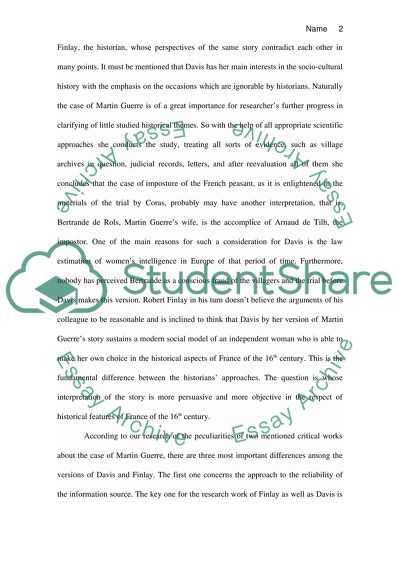Cite this document
(“Doing History Essay Example | Topics and Well Written Essays - 1500 words”, n.d.)
Doing History Essay Example | Topics and Well Written Essays - 1500 words. Retrieved from https://studentshare.org/history/1680482-doing-history
Doing History Essay Example | Topics and Well Written Essays - 1500 words. Retrieved from https://studentshare.org/history/1680482-doing-history
(Doing History Essay Example | Topics and Well Written Essays - 1500 Words)
Doing History Essay Example | Topics and Well Written Essays - 1500 Words. https://studentshare.org/history/1680482-doing-history.
Doing History Essay Example | Topics and Well Written Essays - 1500 Words. https://studentshare.org/history/1680482-doing-history.
“Doing History Essay Example | Topics and Well Written Essays - 1500 Words”, n.d. https://studentshare.org/history/1680482-doing-history.


